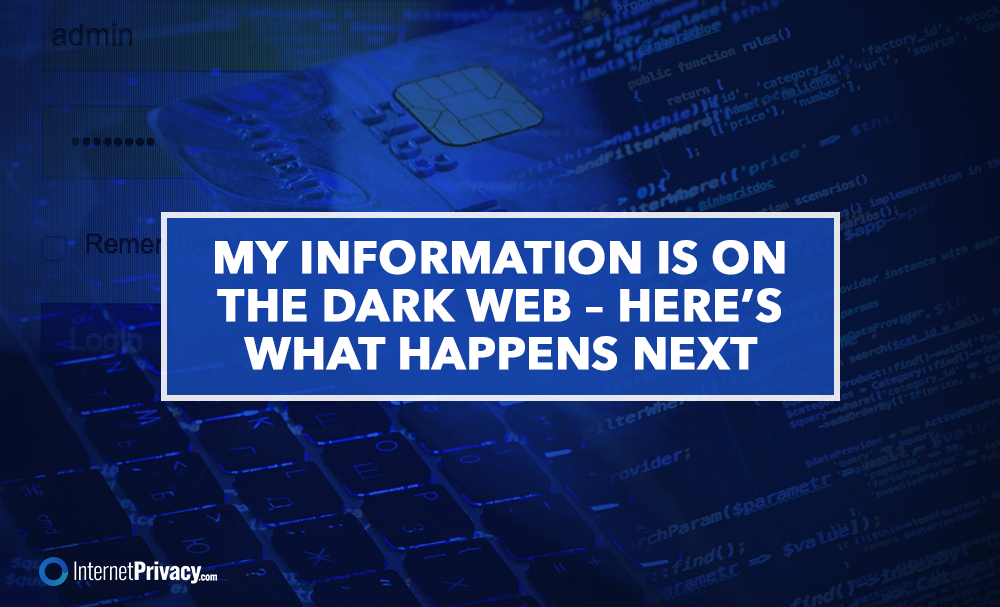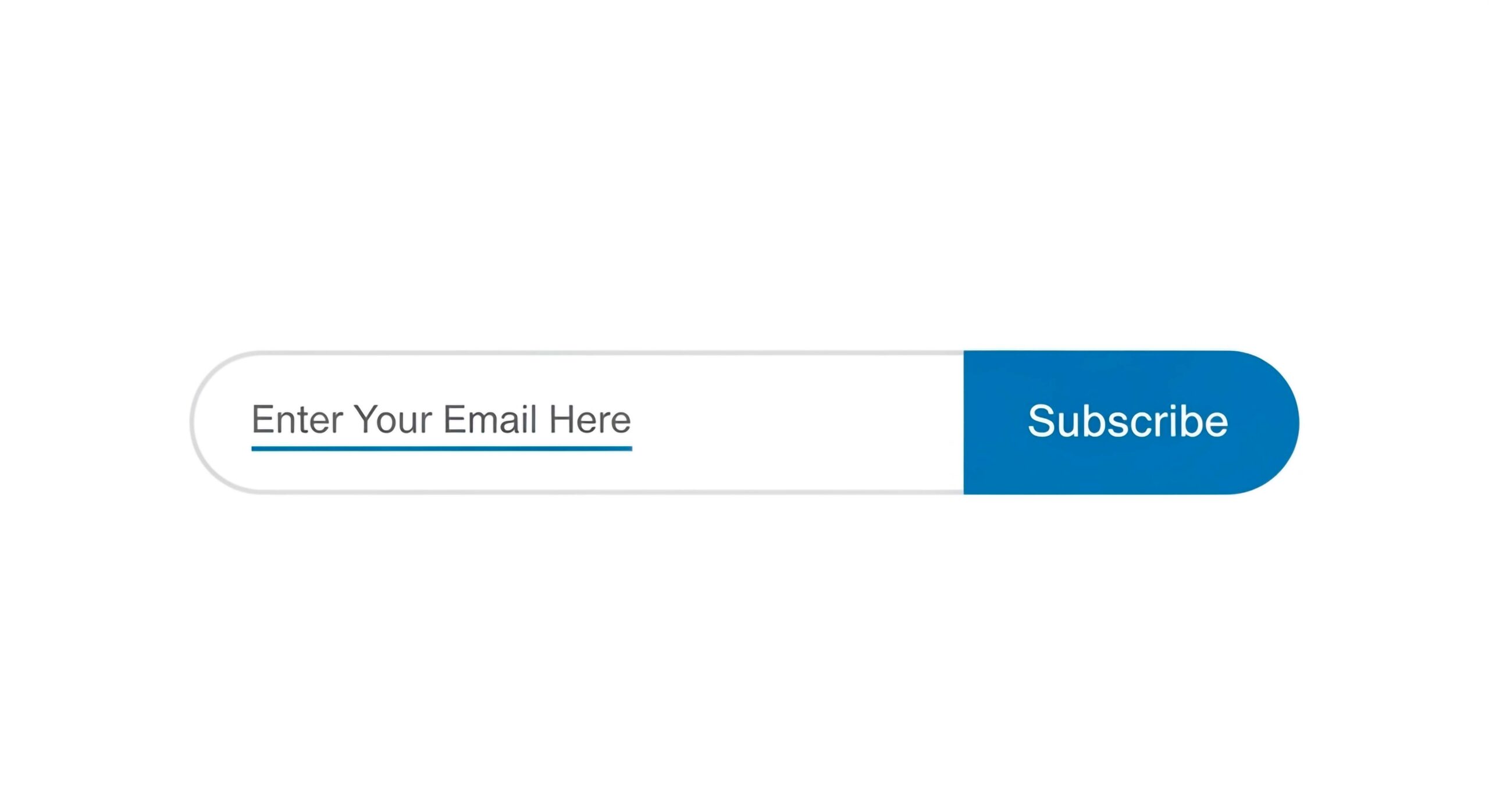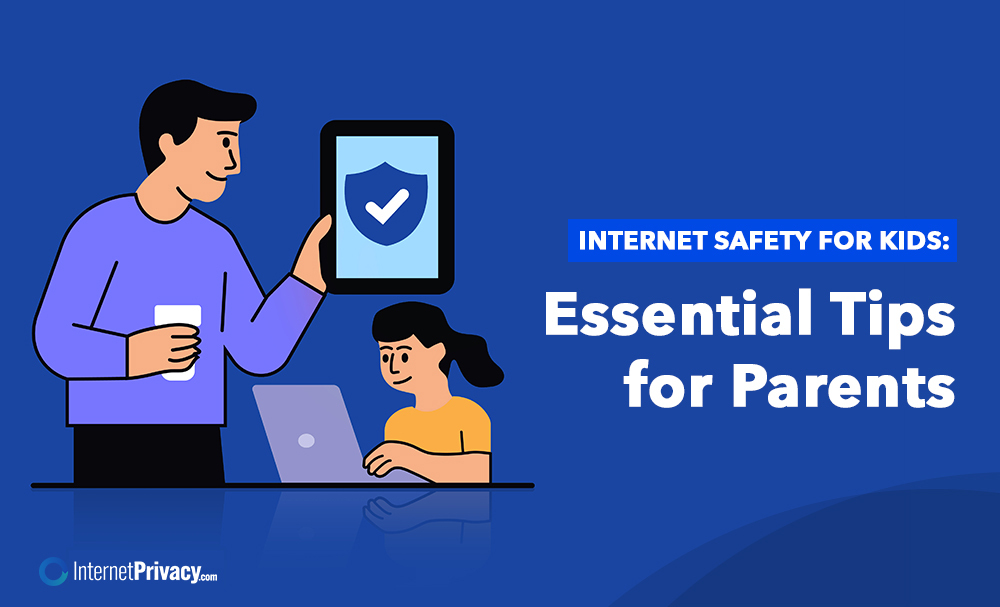My Information Is on the Dark Web – Here’s What Happens Next

In an age where online privacy is paramount, the dark web poses a significant threat to personal information. Understanding its workings and the associated risks is essential for your protection.
What Is the Dark Web?
The dark web is a hidden part of the internet that is not indexed by search engines like Google. Accessing it requires specific software and configurations. This web layer is often a haven for cybercriminals engaged in illegal activities, such as buying and selling stolen personal information, including credit card numbers and Social Security details.
On anonymous networks like Tor, the dark web allows users to mask their identities while engaging in harmful activities. While not everything on the dark web is illegal, it certainly provides a platform for dangerous actions, making it crucial for users to understand its implications. Dark websites frequently host data breaches, where sensitive information is protected by anonymity.
With the rise of data breaches, phishing scams, and hacking incidents, the risks linked to the dark web are increasingly concerning. Protecting your online privacy has never been more important, as your data could be compromised with just one click.
How Did My Information End Up on the Dark Web?
Your personal information might reach the dark web through several channels. It is crucial to safeguard your details to prevent compromise. Here are some common ways this can happen:
Data Breaches
Data breaches are among the primary ways personal information ends on the dark web. They usually occur when hackers exploit vulnerabilities in a company’s security system to access sensitive consumer data, such as Social Security numbers and credit card details. Once stolen, this information is often sold to the highest bidder on the dark web.
The consequences can be severe, affecting not only individuals but also the companies involved. In 2020 alone, over 4 billion records were compromised. Such figures highlight the need for protective measures to secure personal information.
Hacking
Hacking involves cybercriminals deliberately attacking computer systems to gain unauthorized access to personal information, which can then be sold on the dark web. This can jeopardize financial stability and damage reputations.
Hackers utilize various techniques, including exploiting software vulnerabilities and brute-force attacks. If you use similar passwords across accounts, changing passwords to enhance security is crucial. The fallout from hacking can be devastating; once hackers gain access, they can execute fraudulent transactions and compromise sensitive data.
Phishing Scams
Phishing scams are deceitful attempts to trick individuals into revealing sensitive information. Cybercriminals often impersonate legitimate sources through emails or messages, making these scams hard to detect.
These scams have grown more sophisticated, with targeted attacks like spear phishing focusing on specific individuals or executives. Social engineering techniques allow attackers to manipulate personal data from social media to create convincing scenarios that lure unsuspecting victims into divulging their information.
Malware Attacks
Malware, or malicious software, is designed to infiltrate and damage computer systems. It can expose sensitive information stored online, increasing the risks of identity theft and financial fraud. Malware comes in various forms, including viruses, ransomware, and spyware.
Common entry points for malware include phishing emails, software vulnerabilities, and unsafe downloads. Understanding how malware operates is crucial. The repercussions can be severe, from losing confidential data to facing significant financial loss and reputational damage.
Accidental Exposure
Personal data can be accidentally exposed when individuals share sensitive information online, often due to poor security practices. This includes using easily guessable passwords or oversharing on social media. Many users don’t realize that innocent posts can provide clues to malicious actors.
To combat this issue, individuals should adopt risk management strategies. Being mindful of privacy settings, updating passwords regularly, and limiting personal information sharing can mitigate potential threats.
Signs of a Data Breach
If your personal data has been compromised, look for these signs:
- Unusual Login Activity: Watch for logins from unfamiliar locations or devices. Alerts about unrecognized logins could indicate unauthorized access.
- Unauthorized Transactions: Review your bank and credit card statements for unapproved transactions, as even minor charges can signal fraud.
- Strange Emails or Messages: Be cautious of emails asking for personal information, especially from unknown sources.
- Unexpected Account Changes: If you see changes to your account settings or passwords you didn’t make, it might indicate a compromise.
- Suspicious Credit Report Activity: Regularly check your credit report for unfamiliar accounts or inquiries, which could indicate someone is using your information.
If you notice these signs, immediately protect your identity and finances.
What Happens to My Information on the Dark Web?
Once your information lands on the dark web, it can be exploited maliciously. Identity theft protection services are vital for monitoring the misuse of your personal information. Here are some potential consequences:
Identity Theft
Identity theft is a significant concern for individuals with compromised data. Cybercriminals can impersonate victims, access financial accounts, and commit fraud, often resulting in long-lasting repercussions. The consequences can include severe damage to credit scores and economic standing, making future loans and job opportunities more difficult.
Financial Fraud
Financial fraud occurs when personal information is misused, leading to unauthorized transactions. This causes monetary losses and significant stress. Identity thieves may use stolen information to open fraudulent accounts or make unauthorized purchases. Phishing scams can trick victims into revealing sensitive data, and compromised card numbers may lead to unauthorized transactions.
Given these threats, the importance of fraud protection services cannot be overstated. These services are critical in safeguarding financial well-being and monitoring for suspicious activity.
Blackmail or Extortion
Blackmail or extortion is another consequence of having sensitive information exposed. Cybercriminals may threaten to release damaging data unless a ransom is paid, instilling fear in victims. The psychological tactics used can be harrowing, highlighting the need for individuals to prioritize fraud protection and have strong incident response plans.
Spam and Scams
When personal information leaks, victims may face many unsolicited messages and fraudulent offers. This can include phishing attempts, lottery scams, and robocalls aimed at exploiting sensitive data. Understanding these risks is essential for maintaining personal security.
Individuals should adopt strong security practices to reduce exposure to such threats. This includes using unique passwords, regularly updating software, enabling two-factor authentication, and being cautious when sharing personal information.
Responding to a Data Breach
If notified that your personal data has been compromised, here are steps to take:
- Change Your Passwords: Immediately change passwords for affected accounts and consider using a password manager to store complex passwords securely.
- Monitor Your Accounts: Regularly check bank and credit card statements and credit reports for suspicious activity. Early detection can mitigate damage.
- Contact the Affected Company: Contact the company involved in the breach to understand its scope and what steps are being taken.
- Consider a Credit Freeze: If you are worried about identity theft, freezing your credit reports can prevent new accounts from being opened in your name.
Conclusion
Navigating the digital landscape requires vigilance and awareness of the dark web’s potential threats. By understanding how your information can end up there and taking proactive measures, you can safeguard your personal data. Whether through account monitoring, strong passwords, or being cautious of suspicious activity, these steps can help you stay one step ahead of cybercriminals. Protecting your information isn’t just a precaution—it’s necessary.





